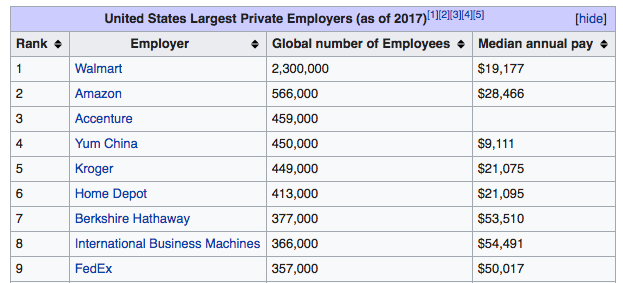You might not have noticed but Americans treat their dogs and cats much better than we treat most people. I’m not sure exactly what that says about our society.
I like to believe that it’s an evolved behavior. A society that treats animals well probably on average treats all things better, but the cynical part of me says it’s more likely we treat animals well because we all craze unconditional love and aren’t finding it other areas of our live.
Either way, my Scout thinks I’m the best and is always excited to see me!
Because we love our animals so much, we spend a ton on them and want them to be taken care of well. This has created a new profession of animal caretakers, and specifically, for Dog Walkers!
The Washington Post had a great piece on this recently and what struck me from the article was how the most successful Dog Walkers have figured out that managing up to the animal’s owners is the key to their success!
In a nation where people lead ever more busy lives and increasingly view their dogs as family members, professional dog walking is flourishing. And along with it is what might be viewed as the unusual art of dog walker communication. Many of today’s walkers do not simply stroll — not if they want to be rehired, anyway. Over text and email, they craft fine-grained, delightful narratives tracing the journey from arrival at the residence to drop-off. They report the number of bathroom stops. They take artistic photos, and lots of them.
“For an hour-long walk, I send six or eight, depending,” said Griffin, 44, who holds a treat in her hand when shooting to ensure her charge is looking at the camera. “Then I give a full report that includes not only peeing and pooping but also kind of general well-being, and if the dog socialized with other dogs.”
Turns out that leaders want from you, exactly what we want from our Dog Walkers! More details about what’s going on when we can’t see it or hear it!
Managing up is simply the skill or task of telling someone what the heck is going on with the ‘proper’ amount of detail. “Proper” being the key the element! Too much and you’re kissing up and being annoying, too little and you’re forcing more communication to take place because you didn’t give enough detail.
The reality is, we all want to know what’s going on with enough detail that doesn’t require us to go back and ask additional questions. The perfect response to a great Managing Up message is “Thanks for this! Keep me updated.”
Where Managing Up goes wrong is when you tell yourself you’re just ‘managing up’ but when in reality you’re managing up to get feedback about yourself, your team, your project, etc. That’s not managing up, that’s you trying to train a leader to give feedback and that usually goes wrong for you!
It’s key to know the difference. Someone who is truly managing up, doesn’t want a ton of feedback or additional questions from their managing up note. A simple thanks is perfect and it’s truly all you want. It’s like when two partners share some details about their day the other should know, “Hey, that package from Amazon came with the parts we needed for the whatever…” No further comment or explanation needed, just an FYI, a common courtesy.
The Dog Walkers have this down. I’m going to give you the details, send some pics, and say great things about your animal that you love more than any other thing in your life. While you’re at work, that’s all you want to hear!

